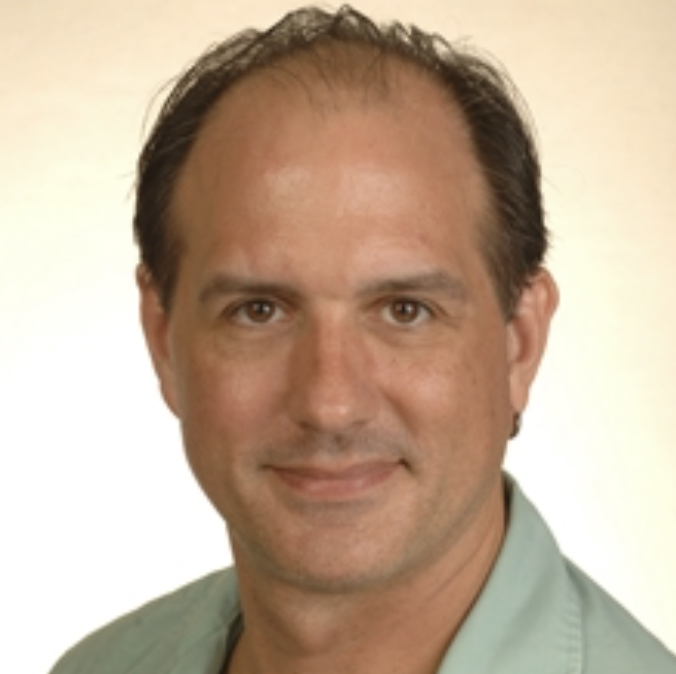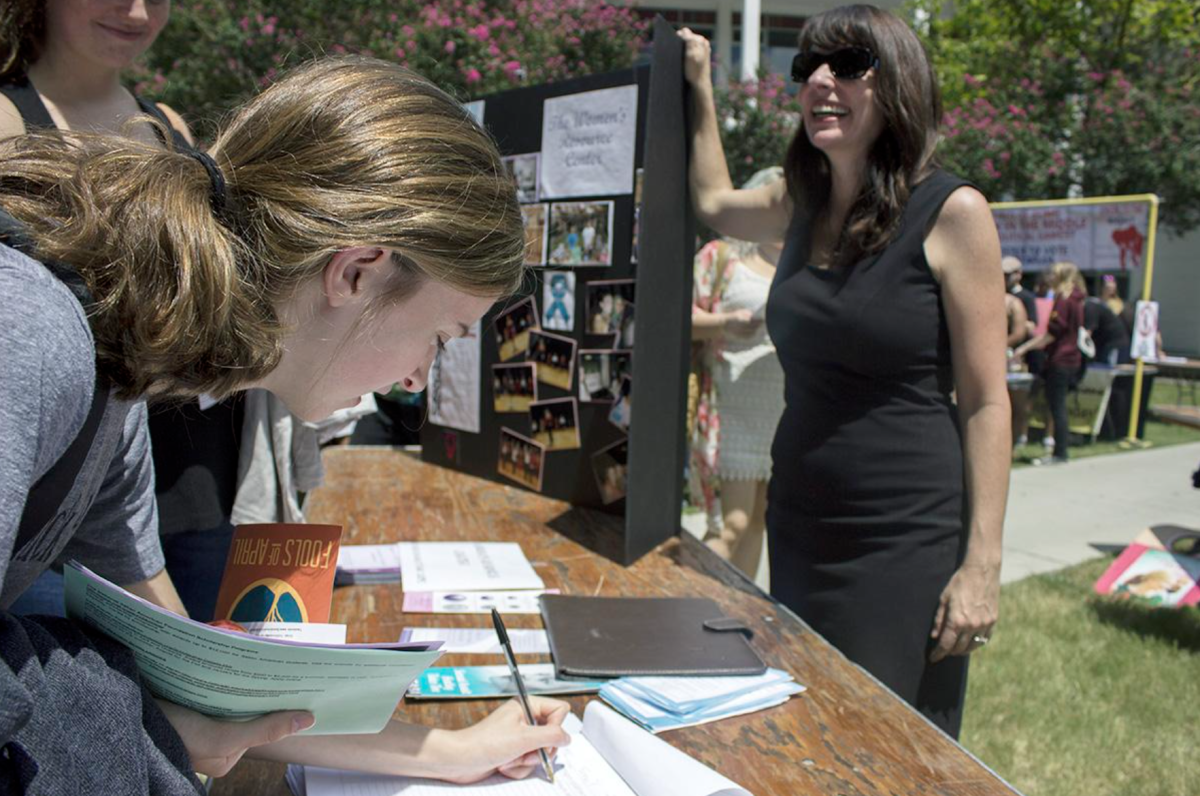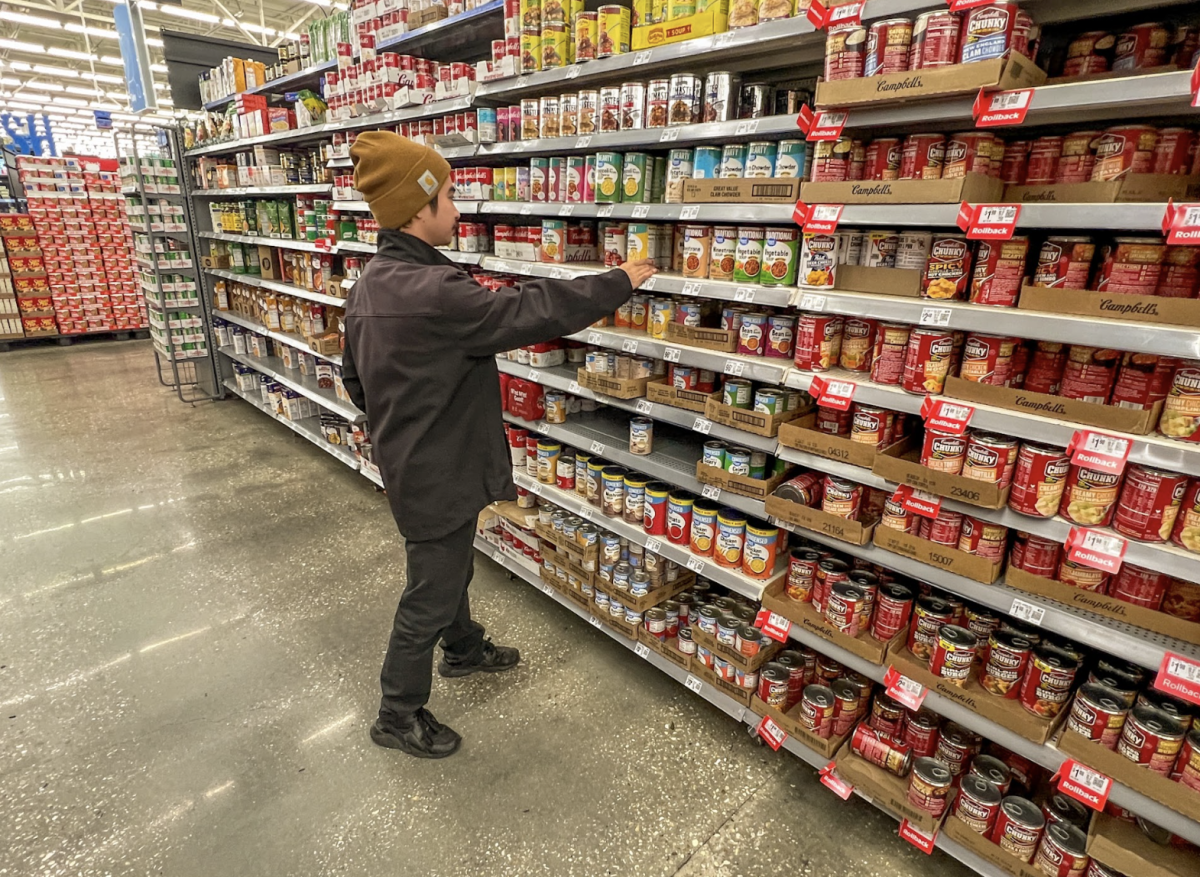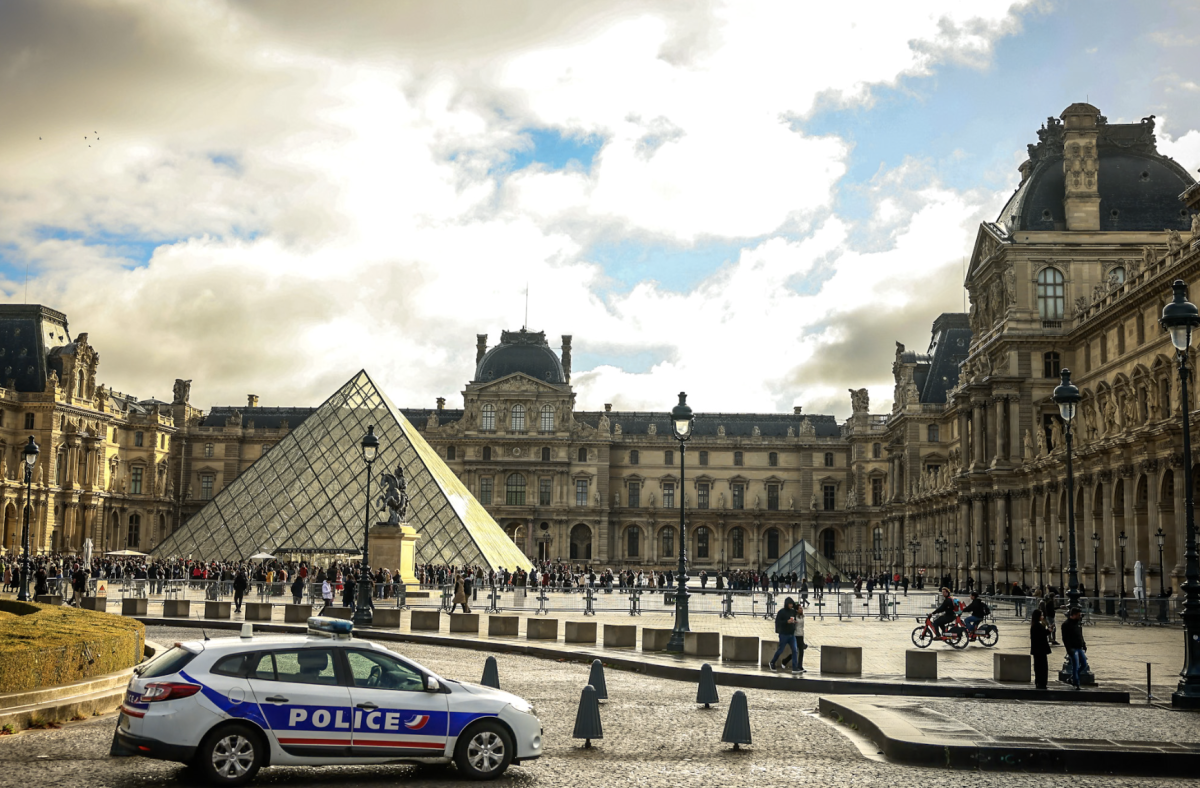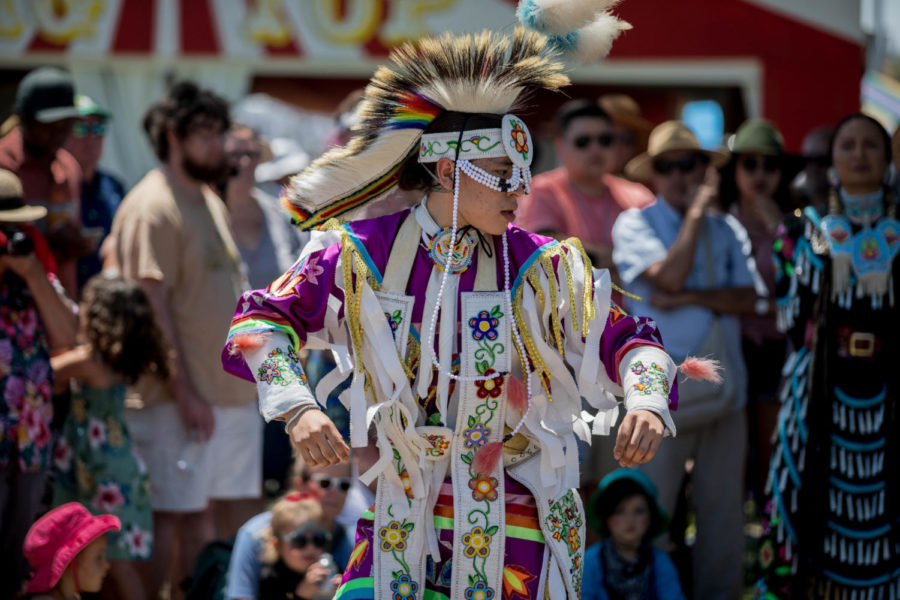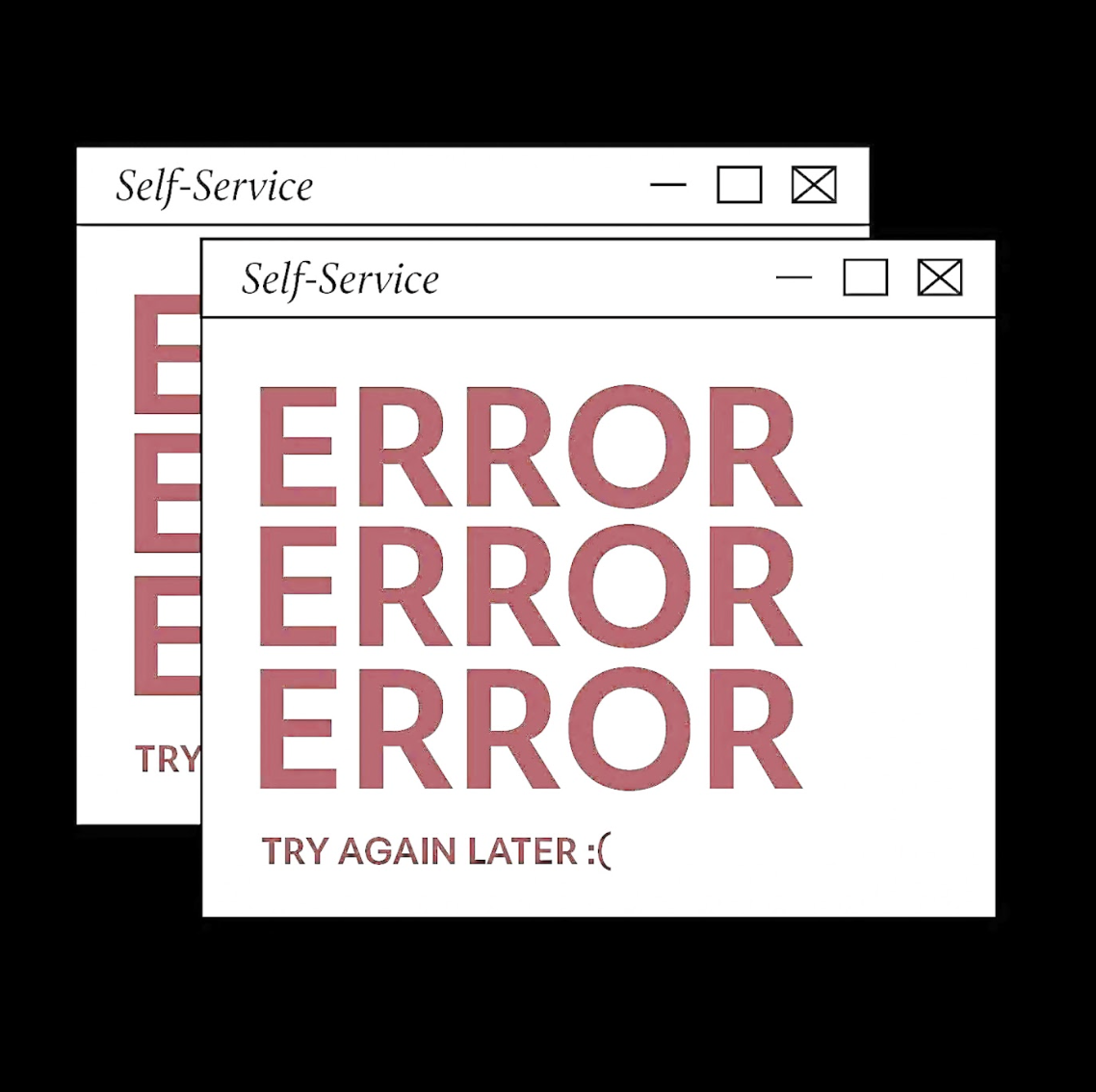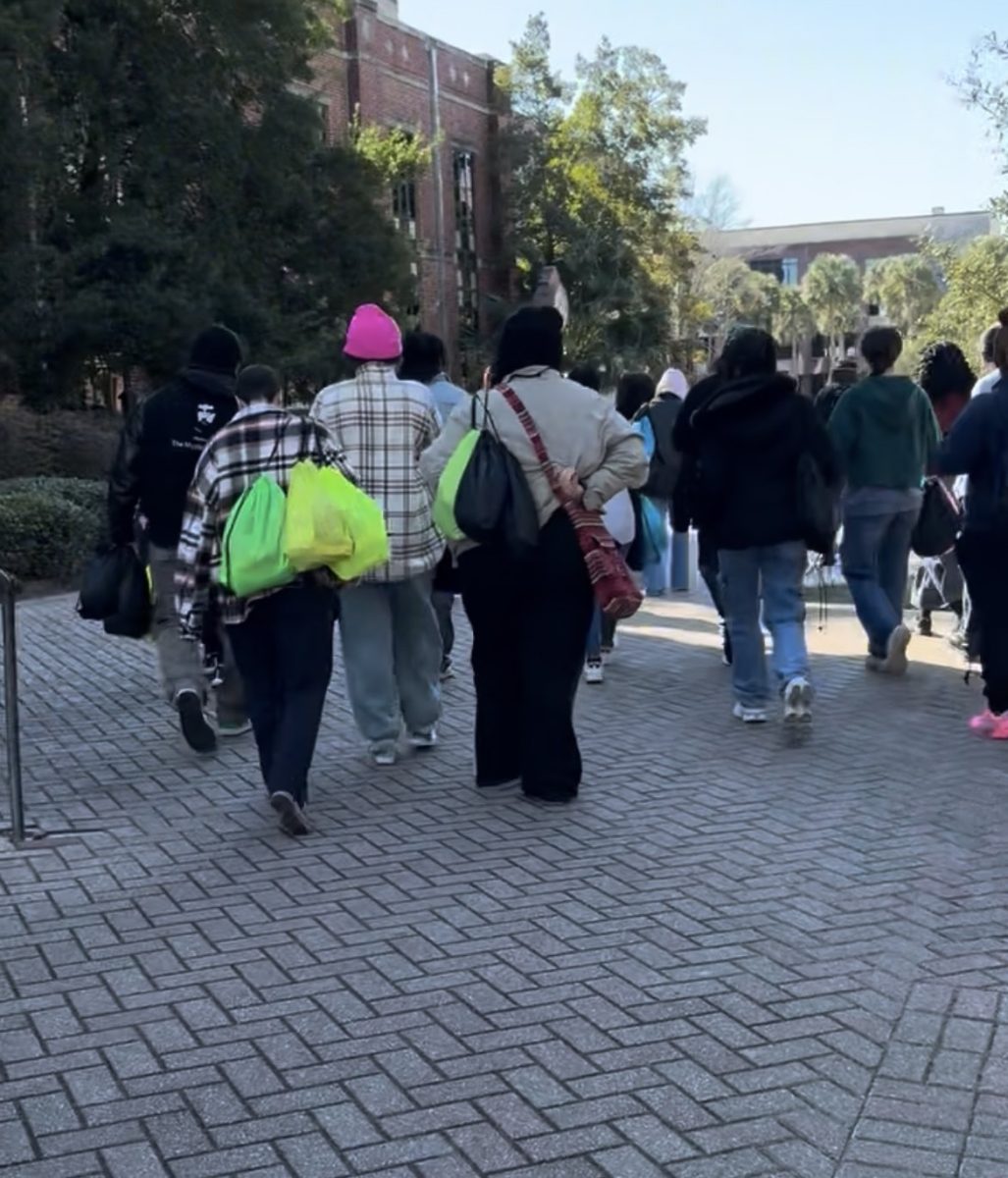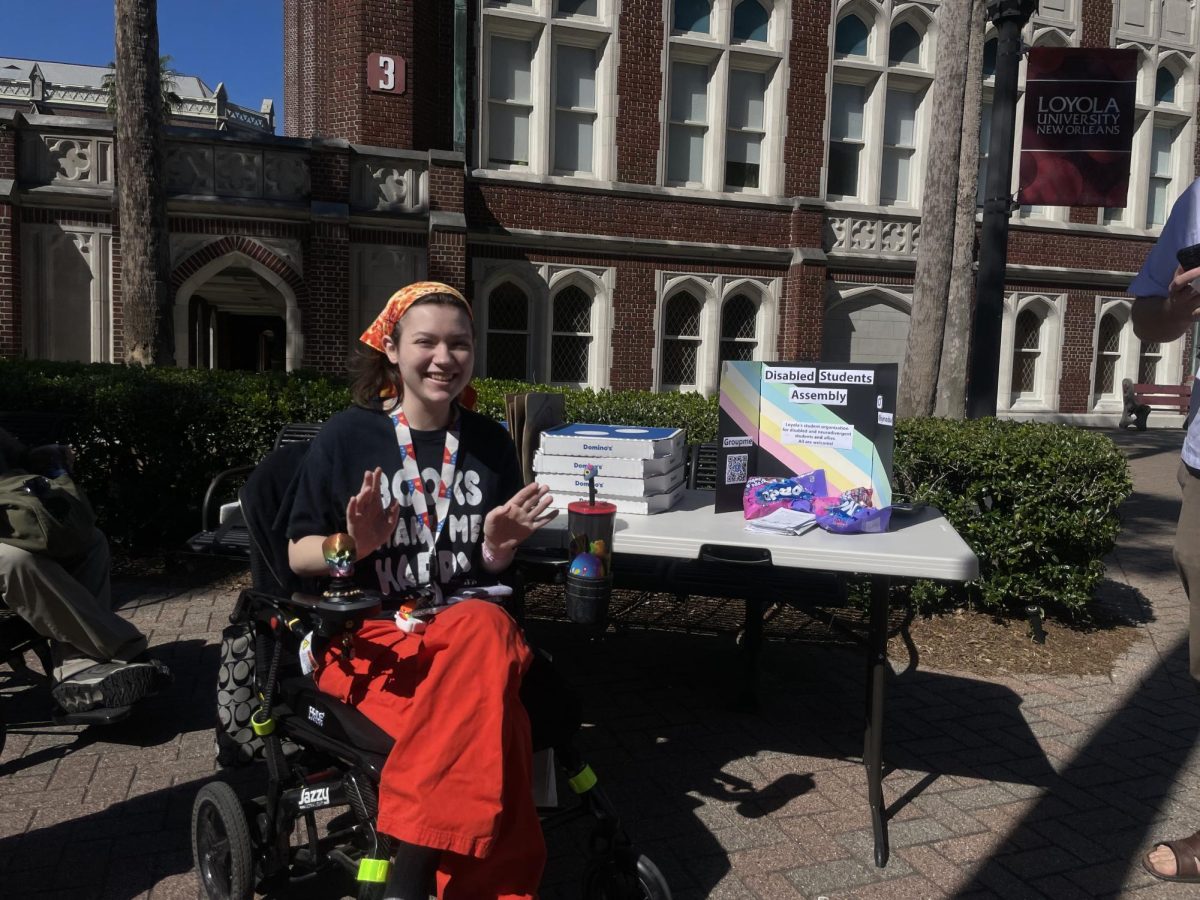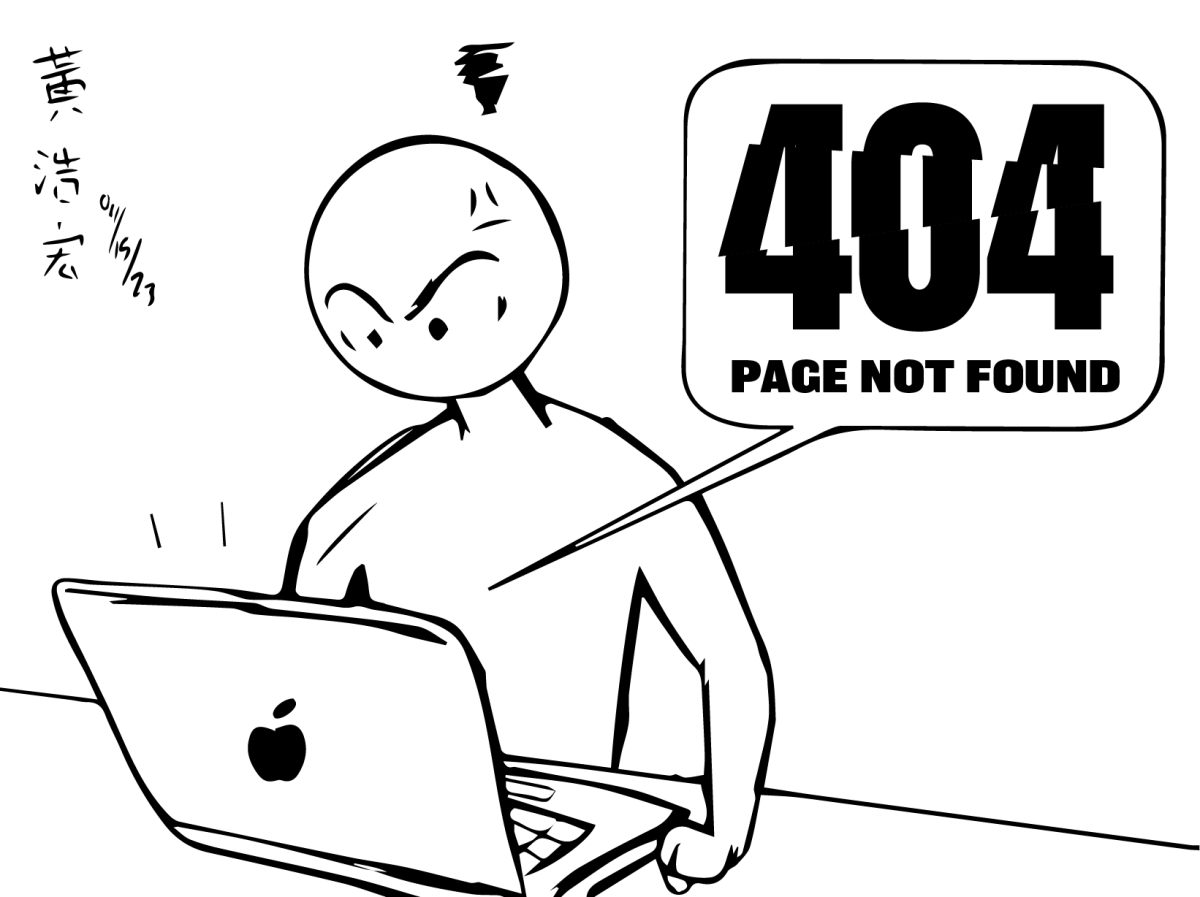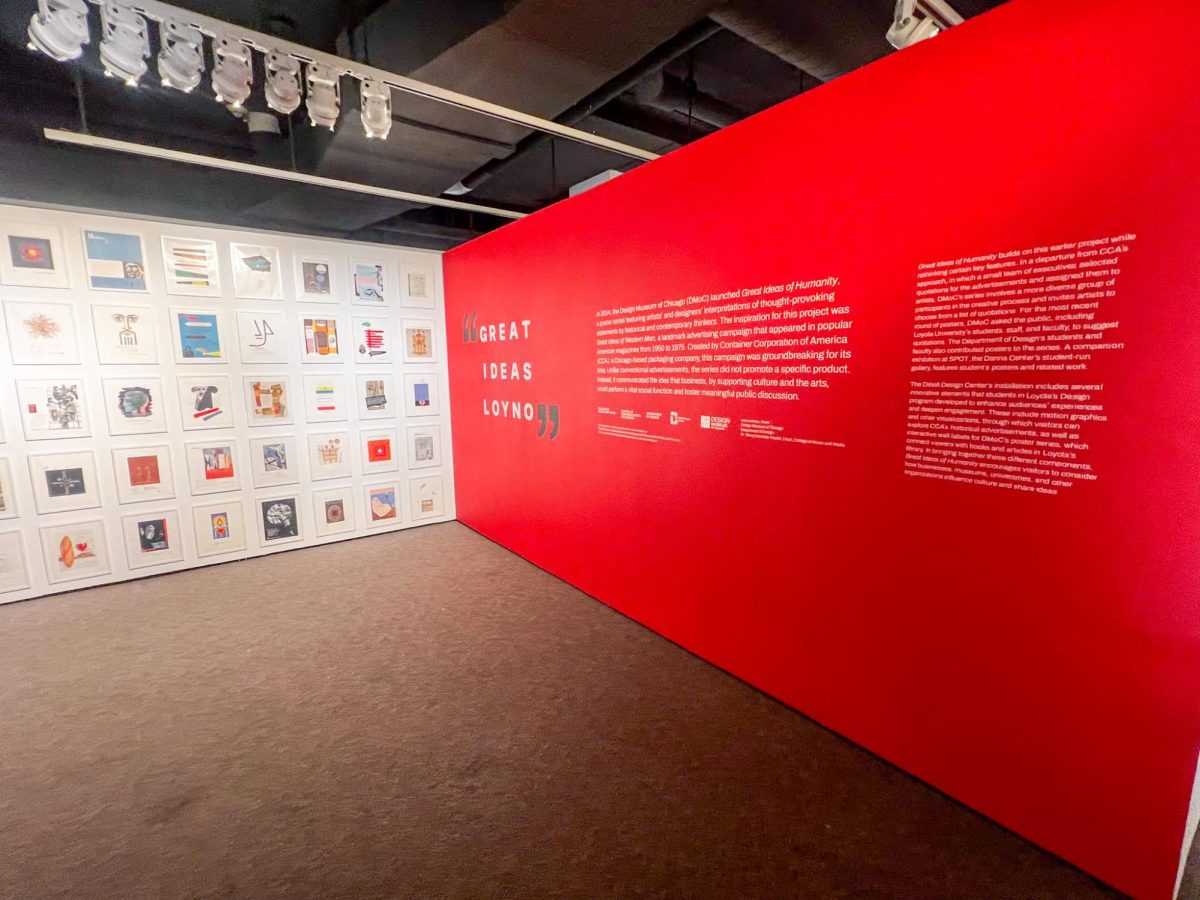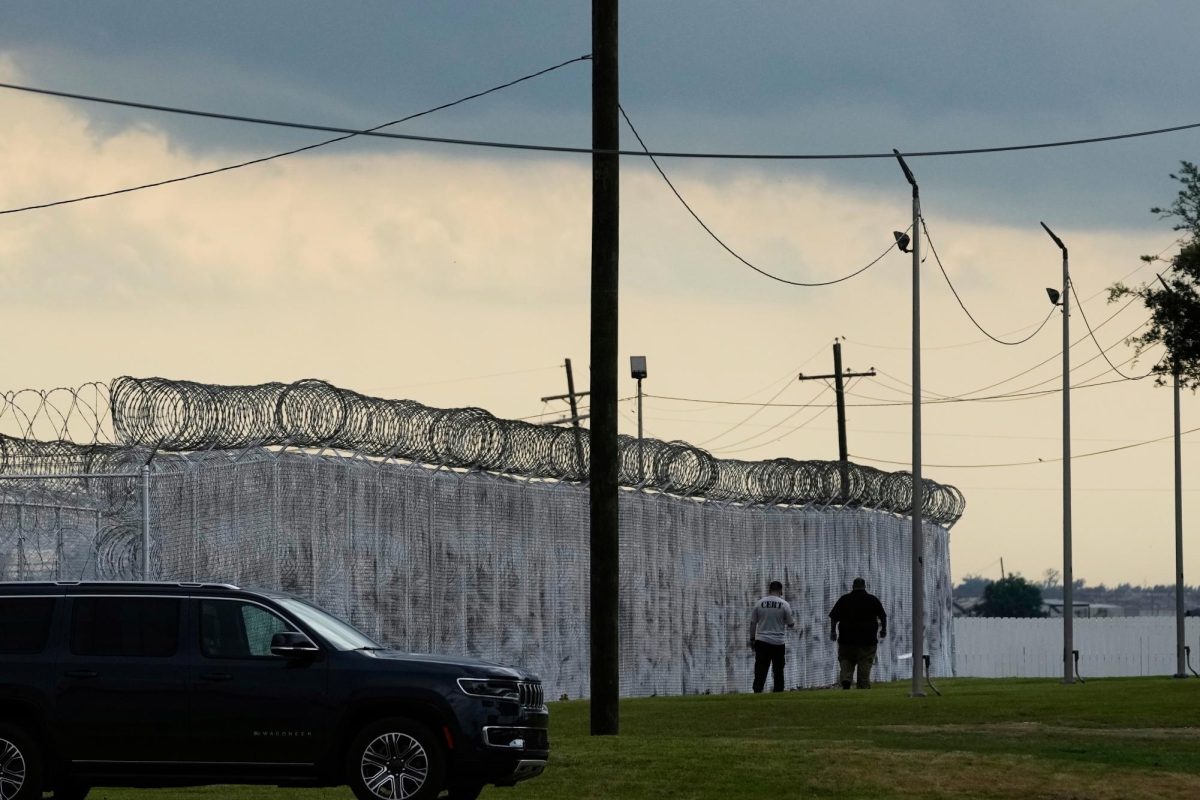When you know New Orleans, you adore it. There is a haunting spirit over the city, a magic that determines nothing will ever change it. Not even Hurricane Katrina, one of the worst humanitarian disasters on American soil.
Hurricane Katrina made landfall on August 29, 2005, marking this year as the 20th anniversary. The eye of the storm passed northwest of the city, and New Orleans was subject to rain and wind damage for many hours. However, after the storm, the levees failed and floodwaters kept rising, which caused more damage.
Loyola professor and New Orleans culture savant Charles W. Cannon details his mother, “noticing that the water kept getting higher, even though there was no rain.”
The people of New Orleans were without power, food, and air conditioning, and surrounded by failure.
Residents of New Orleans endured immense hardship in the coming weeks and months, and many still deal with the trauma of the hurricane.
Cannon recalls his mother dying about a decade after Katrina, but his family “considers that the Katrina experience shortened her life because of how it changed her emotionally.”
Many conversations I’ve had in New Orleans have reflected these intense feelings that many New Orleanians still go through around this time of year.
As the narrative of Katrina unfolded, the resilience of New Orleans was celebrated. The images of Steve Gleason’s punt block in the Saints’ first home game back at the Superdome, the first Mardi Gras after Katrina, and the first Jazz Fest after Katrina all exemplify the power of community in New Orleans.
Cannon also spoke of neighbors who helped his mother get in and out of the Schwegmann’s Supermarket on St. Claude and Elysian Fields. This kind of neighborly spirit is all but uncommon in New Orleans, and certainly couldn’t be killed by Katrina. The outpouring of love and neighborly actions isn’t something that only happens in New Orleans during times of disaster; in my experience, it’s a year-round thing.
Katrina also now has a permanent place in the mythology of New Orleans. Legendary writer and anthropologist Zora Neale Hurston defines a loa, or a Voodoo deity, saying, “Some unknown natural phenomenon occurs, which cannot be explained, and a new local demigod is named.”
“Katrina is a new loa, a new deity joining the older ones and ruling our mythical imaginations along with them,” Cannon said.
There is a mysticism around the word Katrina in New Orleans, tied to its new identity as a loa.
Post-Katrina New Orleans may look different to long-time residents; however, according to Cannon, it is not necessarily worse. Cannon pointed towards the “doomsaying” about the death of New Orleans culture; the extinction of second-lines, Mardi Gras Indian tribes, and festivals.
Anybody who’s been in New Orleans in the years following Katrina knows the hallmarks of New Orleans culture haven’t gone away; they’ve only intensified.
Cannon recalled a quote from the great New Orleans trumpet player Terence Blanchard at the ‘06 Jazz Fest, “‘I’m sure damn tired of people asking me, is New Orleans coming back. Goddamn right we coming back ’cause we don’t like y’all food and we hate y’all music.’”
While America has opinions and judgments on New Orleans post-Katrina, the second-line band will keep marching, and the gumbo pot is still cooking.


